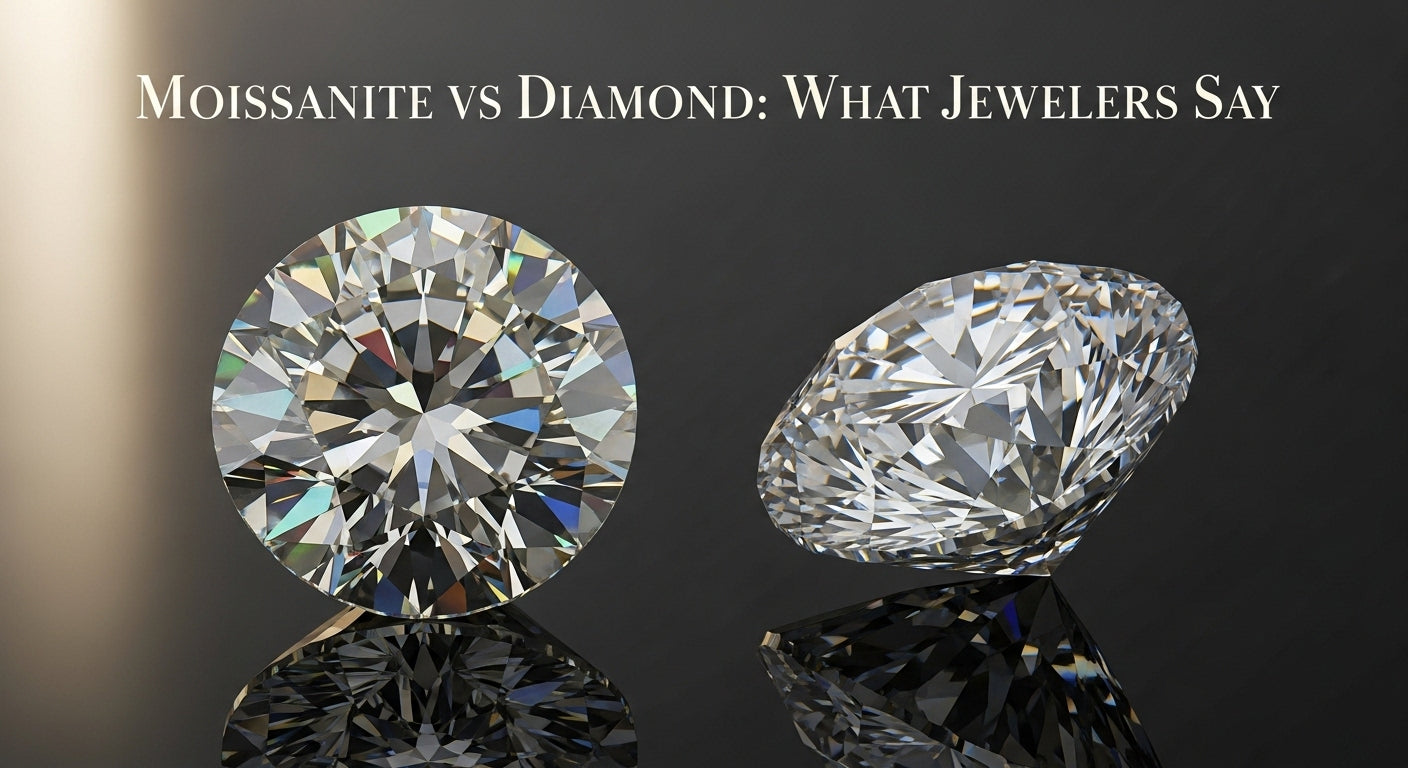Is Moissanite as Good as a Diamond? What Jewelers Say
A new debate is emerging in the jewelry industry as moissanite gains popularity among buyers seeking alternatives to natural diamonds. Once regarded as an imitation, the stone is now earning serious attention from gem experts and consumers alike.

Moissanite is not a diamond, though the two are often compared. The mineral, made of silicon carbide, was first discovered in 1893 by French scientist Henri Moissan while studying fragments from a meteor crater in Arizona. Its natural form is so rare that only trace amounts have been found in meteorites and mantle rocks.
To meet growing demand, moissanite is now created in laboratories. Scientists use high-temperature methods to transform silicon carbide powder into clear crystals over several months. The process, while complex and time-consuming, produces gemstones that closely resemble natural diamonds in clarity and brilliance.
According to gemological reports, moissanite ranks 9.25 on the Mohs hardness scale, making it one of the toughest materials used in jewelry. Diamonds remain the hardest at 10, but moissanite’s resilience is enough for daily wear. It also has a higher refractive index, giving it a more colorful sparkle known as “fire.”
“Many customers can’t tell the difference at first glance,” says a Toronto-based jeweler who specializes in lab-grown stones. “The light performance of moissanite is impressive. It reflects more color, and under certain lighting, it can appear even more vivid than diamond.”
The distinction becomes clearer under magnification. Diamonds emit a whiter brilliance, while moissanite shows stronger rainbow flashes due to double refraction. Experts suggest that this feature, often described as a “disco-ball effect,” is the easiest way to tell the two apart.
Aside from appearance, cost remains a defining factor. Moissanite jewelry is typically priced far lower than comparable diamond pieces. This affordability, combined with ethical sourcing, has drawn a new generation of buyers. The stones are lab-grown and traceable, avoiding the mining practices often criticized in the diamond trade.
“Consumers are paying attention to transparency,” says a gem industry analyst. “Moissanite offers an option that’s sustainable, conflict-free, and still luxurious. That matters more today than it did a decade ago.”
Moissanite stones are graded differently from diamonds. They are classified by cut, color, and clarity rather than the traditional four Cs. The best grades, known as Super Premium, are nearly colorless and comparable in appearance to high-grade diamonds.
Specialists recommend purchasing from certified retailers to ensure authenticity and craftsmanship. Proper care, such as gentle cleaning with mild soap and avoiding harsh chemicals, keeps the gemstone’s surface clear and reflective for years.
While diamonds maintain their position as the world’s most recognized gemstone, experts agree that moissanite has established its own space in the market. With its balance of durability, brilliance, and ethical appeal, it is no longer viewed as a substitute, but as a distinct gemstone redefining modern jewelry standards.
Source:
https://www.theglobeandmail.com/investing/markets/markets-news/PressReach/27263319/is-moissanite-as-good-as-a-diamond/


